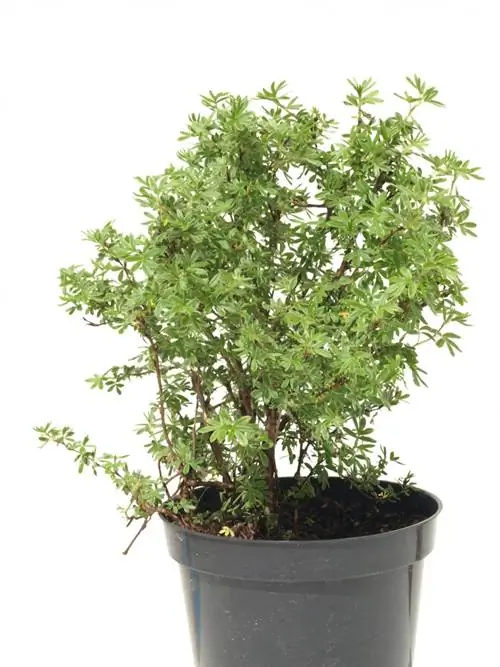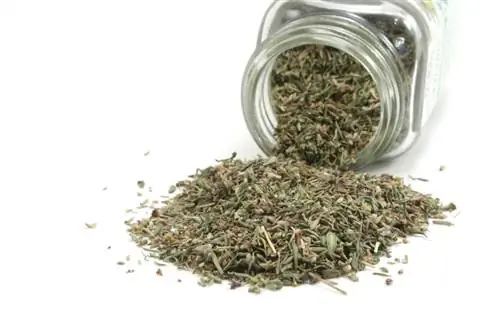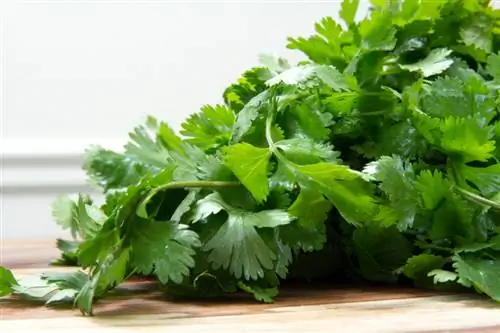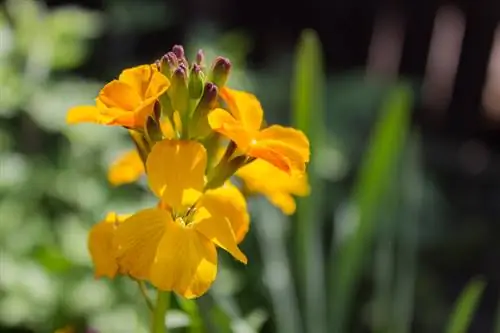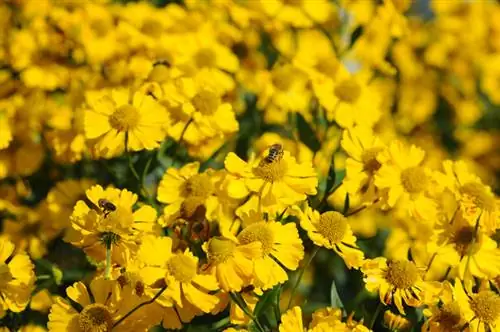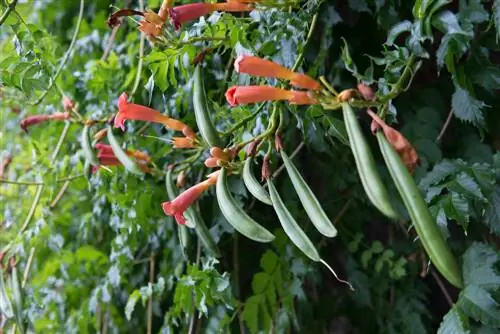- Author admin [email protected].
- Public 2023-12-16 16:46.
- Last modified 2025-01-23 11:21.
The crab bush is non-toxic and easy to care for. It blooms quite reliably over several weeks and can be used in a variety of ways. So it's no wonder if you want to have several bushes at once. You can easily pull these yourself.
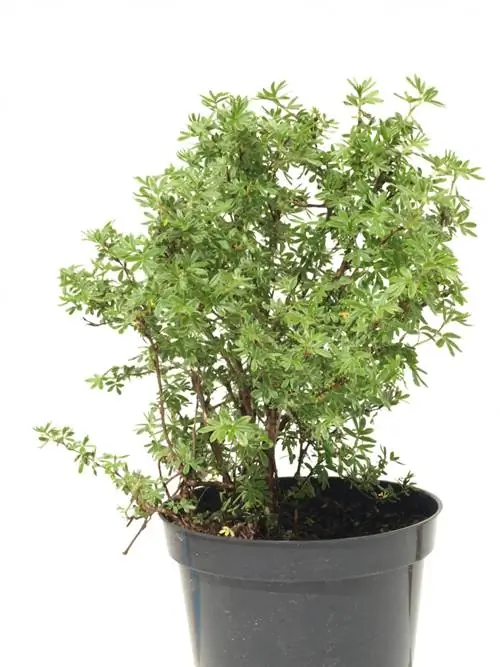
How can I propagate my crab bush?
To propagate the crab, you can cut cuttings and root them in a moist sand-peat mixture. Cut off 10-20 cm long shoots below a bud and keep the mixture evenly moist for successful cultivation indoors or outdoors.
How can I propagate the crab bush?
The easiest alternative to propagating a crab bush is division. However, your shrub should have already reached a certain size. Propagation through cuttings is also very promising. Cultivation is possible both outdoors and indoors over the winter. When sowing, however, it takes a little longer until you get a flowering plant.
Cutting and growing cuttings
Depending on where you want to grow your cuttings, the recommended time for cutting varies. If you want to grow outdoors, then cutting in (early) summer makes sense. Cut the approximately 10 to 20 centimeter long cuttings from the slightly woody side shoots of your finger bush diagonally below a bud.
For growing indoors, do not cut your cuttings until fall or winter. They root quite well in a moist sand-peat mixture at a uniform temperature. Only when sufficient roots have formed can a young finger bush be allowed out into the bed.
Growing cuttings in brief:
- Easy propagation possible through cuttings
- cut shoots about 10 to 20 cm long
- Cutting: diagonally below a flower bud
- best time to grow indoors: November to February
- Remove leaves from cuttings
- Growing frost-free in a moist sand-peat mixture
- keep evenly moist
- Planting out from April after successful rooting
- Alternative: cutting in summer, cultivation directly outdoors
Can I also use cuttings for propagation?
If you cut back your finger bush a little more, then take a closer look at the cuttings. If you find strong, he althy shoots with a length of around 10 to 20 centimeters, you may be able to use them for cuttings. The shoots should have at least one flower bud in the lower area.
Tip
The non-poisonous finger bush can be propagated quite easily; various methods are available: sowing, root division and propagation by cuttings.

